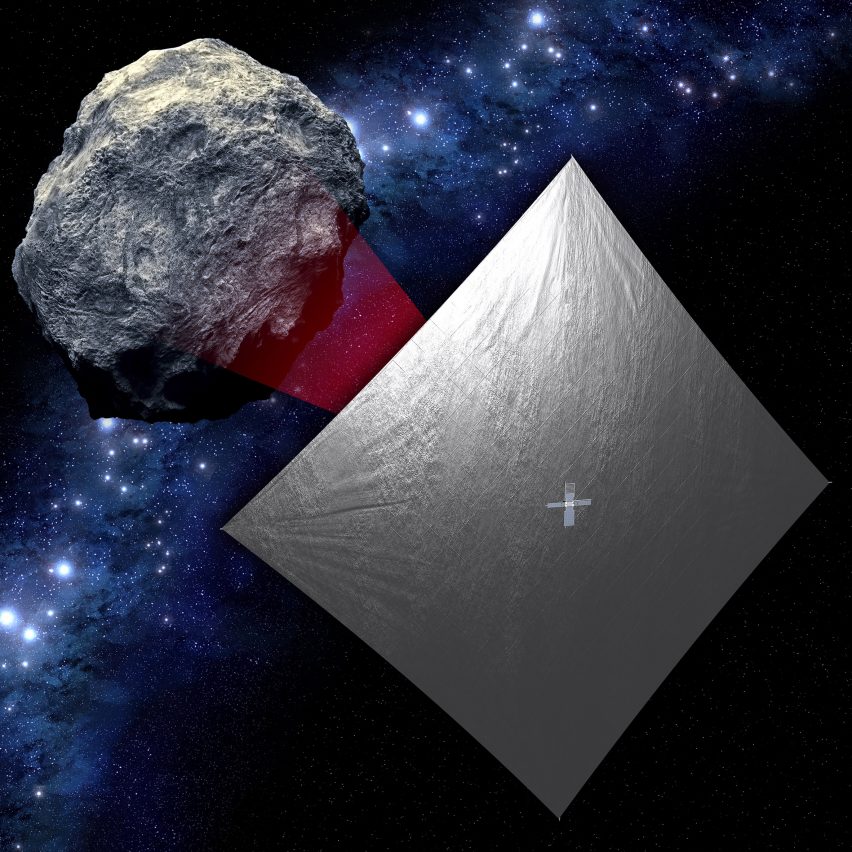NASA space mission to demonstrate "very high velocity" solar-sail technology

The sun will power a key part of NASA's upcoming Artemis 1 mission via a solar sail developed by Alabama company NeXolve to fly a craft into deep space without needing fuel.
Solar sails use the momentum from light to push a spacecraft along without propellant, similar to how the wind propels a sailboat on the high seas.
NeXolve's solar sail will be attached to NASA's shoebox-sized Near-Earth Asteroid Scout (NEAS), a type of small spacecraft known as a CubeSat that will be jettisoned from Artemis 1's rocket and sent to explore a small asteroid near Earth.
Technology could aid Mars mission
The mission will demonstrate the potential of solar-sail technology, which NASA has never deployed at this scale and which could one day be used to assist a mission to Mars. "Solar sails are capable of achieving very high velocity and thus reducing trip times for missions to destinations far away from the Earth," Nexolve president Jim Moore told Dezeen.
Solar sails work because light particles, or photons, radiating from the sun have momentum and exert force on objects they touch. In space, without the protection of the Earth's atmosphere, sunlight is so abundant that this solar radiation pressure can be harnessed for travel.
To work the sail needs to be very thin ? 40-to-100 times slighter than a piece of writing paper, according to NASA ? and reflective so as to generate the most amount of thrust possible as the photons bounce off.
NeXolve's solar sail is ultra-thin and unfurls ...
| -------------------------------- |
| Kengo Kuma's V&A museum takes shape in Dundee |
|
|
Villa M by Pierattelli Architetture Modernizes 1950s Florence Estate
31-10-2024 07:22 - (
Architecture )
Kent Avenue Penthouse Merges Industrial and Minimalist Styles
31-10-2024 07:22 - (
Architecture )






